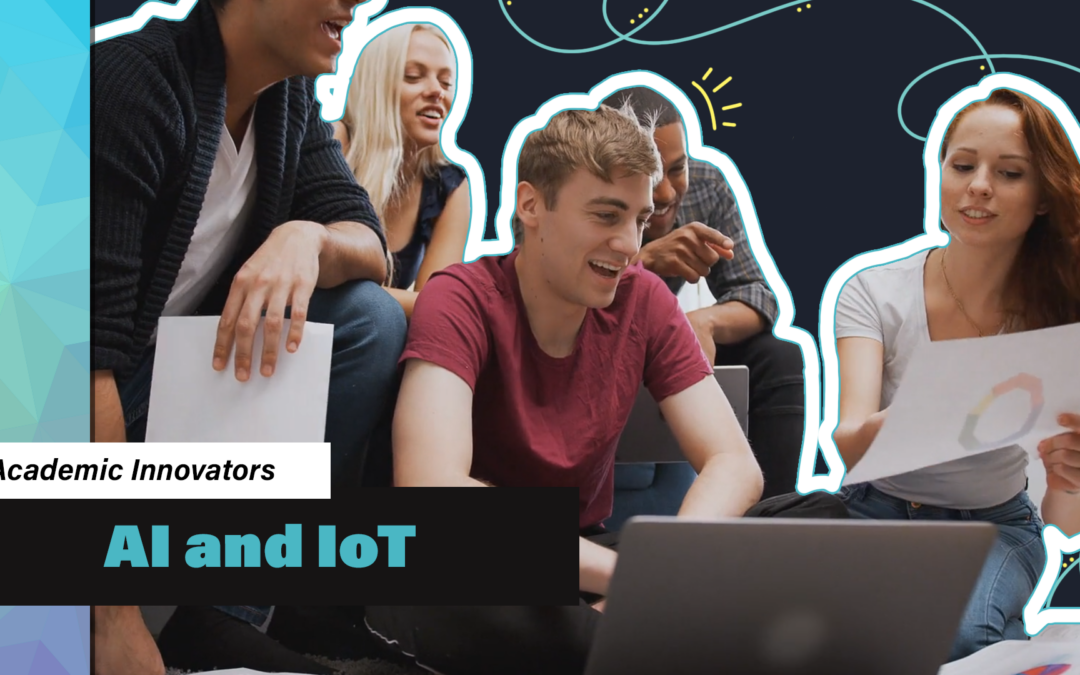Introduction to Faculty
Chao Wang, an associate teaching professor in Academic and Student Affairs within the Ira A. Fulton Schools of Engineering, is transforming the way engineering students learn at ASU. As part of her Introduction to Engineering course, Wang is incorporating technologies such as Artificial Intelligence and Internet of Things into her curriculum, providing students with hands-on experience and real-world problem-solving skills. By introducing students to these concepts, Wang is helping to bridge the gap between theoretical knowledge and practical application, and inspiring the next generation of engineering leaders in the process.
Important Skills for Future Careers in Engineering
Based on the findings of a survey conducted by the American Society of Engineering education, Wang recognized the need for students to develop skills in two critical areas of industry demand: Artificial Intelligence (AI) and Internet of Things (IoT).
“I thought it would be very beneficial for students to learn some basic concepts of AI and IoT because these techniques will be increasingly used in all engineering disciplines.”
Wang incorporated these topics into her Introduction to Engineering course, a mandatory course for all first-year engineering students by designing a series of exercises using MATLAB, a programming and numeric computing platform that enables data analysis, algorithm development, and model creation.
The exercises are designed to be engaging and challenging, suitable for students without programming backgrounds, and do not require any additional hardware. As a result, students are able to develop a foundational understanding of these complex concepts and practice skills important for their future careers.
Implementation
Wang’s MATLAB exercises incorporate active learning techniques, like flipped classroom and project-based learning, providing students with practical experience in using software and teaching them how to apply concepts to real-world scenarios.
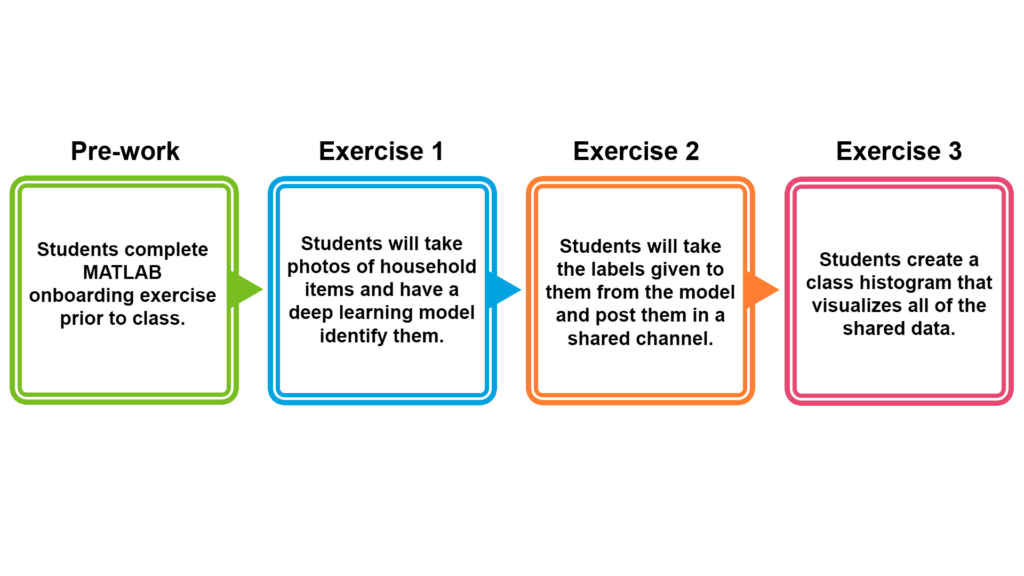
Prior to coming to class, Wang has students complete a MATLAB onboarding exercise that familiarizes them with the interface. In class, she then provides a basic overview of MATLAB, including how to write code and run scripts, define and access variables, and create plots.

The first part of the exercise involves a pre-trained deep learning model called AlexNet. Students are asked to take a photo of a common household item using their laptops or phones. By running the script provided by Wang, students are able to review the AI’s results, which include how the model classified the object and its confidence level in the result.
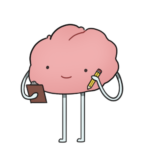
The second exercise requires students to send classification labels to the cloud. Students will take the labels from AlexNet and send them to a class channel in ThingSpeak – an IoT storage platform by MathWorks – that allows students to store and visualize their pooled data. Even when AlexNet classified objects incorrectly, this provided Wang with a teachable moment to discuss the potential consequences of classification errors in real-world applications. Going forward, Wang intends to experiment with other pretrained networks to improve the accuracy of the results.
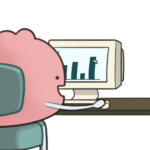
Finally, the third exercise challenges students to use MATLAB to compile all of their shared data and create a histogram in real-time. See example below.
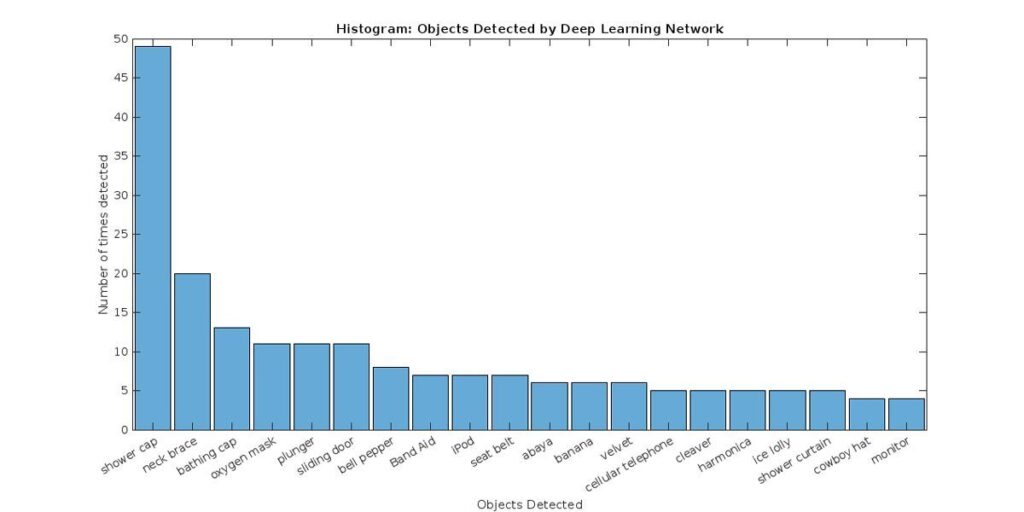
Pictured is an example of a class’ histogram results from these exercises.
In total, each of the three exercises required less than 20 lines of code, and students typically do not require additional help to get them up and running. With these exercises, Wang is able to give her students a practical understanding of AI and IoT concepts and provide them with the skills needed to be successful in future engineering projects and careers.
Student Feedback
After conducting a survey at the end of the class period, Wang found that her students found the MATLAB exercises fun and interesting.
“Two results from this survey stood out to me. First, with a mean of 5.85, the self-determination index – which is a metric for student motivation – for the new module was higher than course activities students had completed in past years that had a mean score of 5.47. Second, female students reported higher self-determination than their male counterparts.”
She also found that the exercises were especially appealing to female students.
“Today, about a quarter of the class is female. Activities like the deep learning and IoT module… are likely to encourage them to continue in the engineering program. This, in turn, will help increase student diversity in the program, which is an issue that has long been important to me and many of my colleagues.”
Graduate teaching assistant Emma Peterson noted that students were highly engaged with meaningful discussions during these classes, which can help with retention of information. Furthermore, students showed a strong interest in incorporating MATLAB and deep learning into their final projects.
Jackson Solomon, a student who participated in these exercises, recalled his thoughts: “…it was a good experience. It kind of pushed me on to learn more about it. I’ve got a project I’m trying to work on right now where basically I want to take image classification like a neural network A.I., and then use it to determine if a 3D printer project is going well.”
Wang’s innovative approach to teaching engineering is a prime example of how educators can adapt to the changing landscape of industry demands. By introducing her students to AI and IoT through authentic activities that engineers face in the real-world, she has not only challenged them, but prepared them for future career opportunities.
“Our students should know [these concepts] before they graduate because they are going to use it increasingly in their career, in their future work. So we have to get them prepared.”
To read more about Wang’s work with AI and IoT, please see the article she published here:
This article and video are part of a new faculty spotlight series, Academic Innovators, that provides recognition and insight for the inspirational work and research being done in the FSE community. Please consider nominating a faculty member to be featured.
